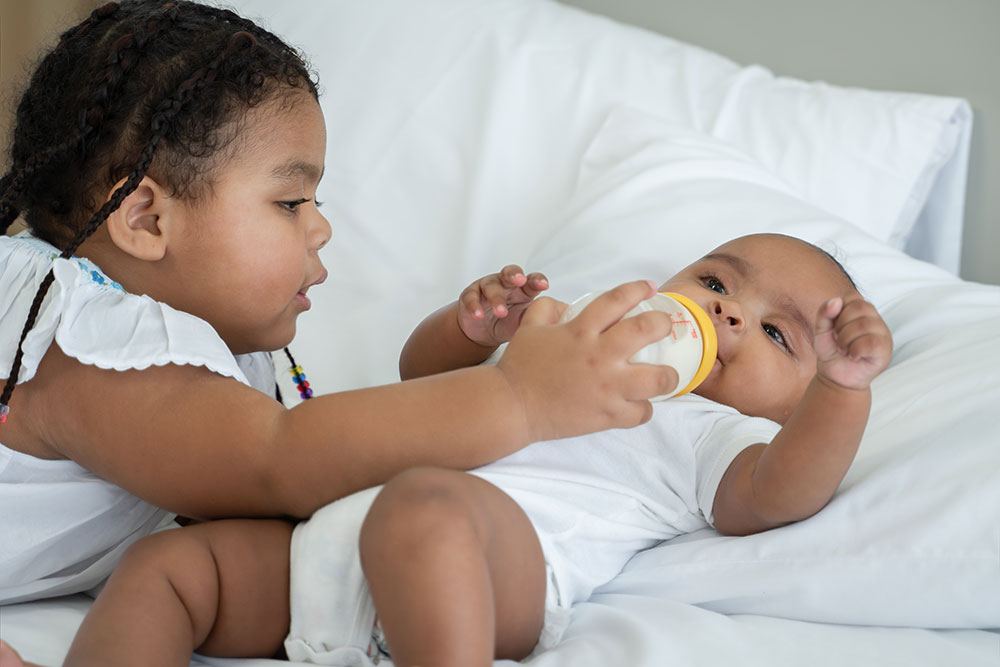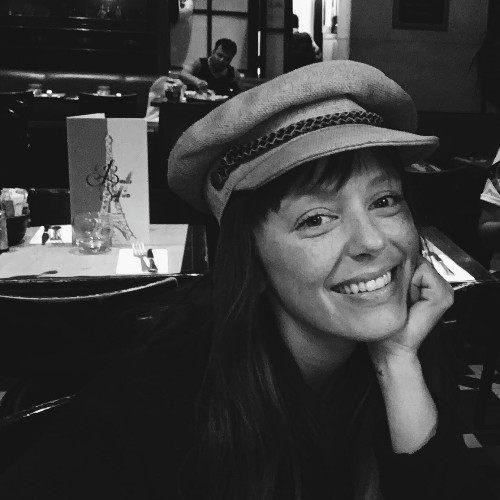How Many Times Can You Reheat Breast Milk?

Our expert sets the record straight.
Expert: Molly Petersen, CLC
Breast milk is often referred to as “liquid gold” because of its nutritional value, but if you’ve ever used a breast pump to express milk, you know just how precious every ounce—every drop—is to a lactating parent. So, when it comes time to feed your wee one, and they don’t drink the entire bottle of milk prepared with true love (and blood, sweat, and tears), it can be a little upsetting—but don’t fret because all may not be lost!
Reusing and reheating breast milk is possible as long as you’re adhering to proper storage and preparation guidelines. To help understand how to do so safely, we tapped Molly Petersen, certified lactation consultant with Lansinoh, for her advice on getting as much use out of your pumped breast milk.
Q: How Many Times Can Breast Milk Be Reheated?
A: If you end up with milk left over at the end of a feeding, it doesn’t have to go to waste. The general recommendation is a bottle used for feeding is safe to be saved and used for the next feeding. After that, any remaining warm breast milk should be discarded. To avoid wasting any of your supply, it’s usually best to start with a small amount of human milk when feeding from the bottle. You can always warm more expressed milk and continue the feeding if your little one is still hungry.
Q: How Should Unused Breast Milk Be Stored?
A: You should always put unused breast milk in the fridge as soon as possible once baby has stopped feeding, but never refreeze it. If you let the thawed breast milk sit around too long, bacteria can start forming due to saliva from baby’s mouth that gets into the milk during feeding. Once a bottle of breast milk is refrigerated, the fat will begin to separate from the milk, so be sure to mix the milk gently before feeding again. Additionally, no scientific evidence supports the claim that shaking breast milk takes away from its nutritional value or antibodies or that swirling is better. For more information, consult the CDC’s storage guidelines for breast milk.
Q: What Is the Process of Reheating Breast Milk?
A: To properly reheat breast milk, warm water on the stove (or use water from the sink faucet) and place the milk container in the warm (but not hot) water for a few minutes; never reheat breast milk in the microwave. According to the Academy of Breastfeeding Medicine (ABM), microwaving milk (including room temperature and frozen breast milk) can heat unevenly and create hot spots within the milk. A bottle warmer can give you more peace of mind for thawing and warming to a proper temperature if you’re unsure, though it’s not required.
Lastly, like regular milk, if breast milk spoils, you’ll know, and it’s always better to err on the side of caution when it comes to the safety of your milk supply. Remember that each time you reheat a bottle of breast milk, it will lose some of its immunologic properties, so whenever possible, try to make a fresh bottle (whether stored or straight from your breast pump) with only the amount your baby can eat.
For more information on reheating and breast milk storage, to connect with lactation experts in your area, and for additional resources, visit La Leche League or The Lactation Network.








